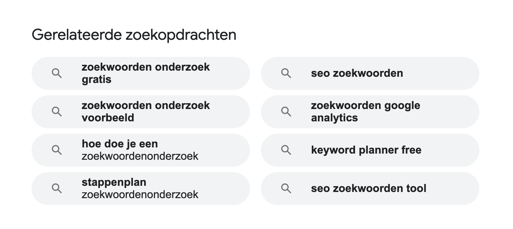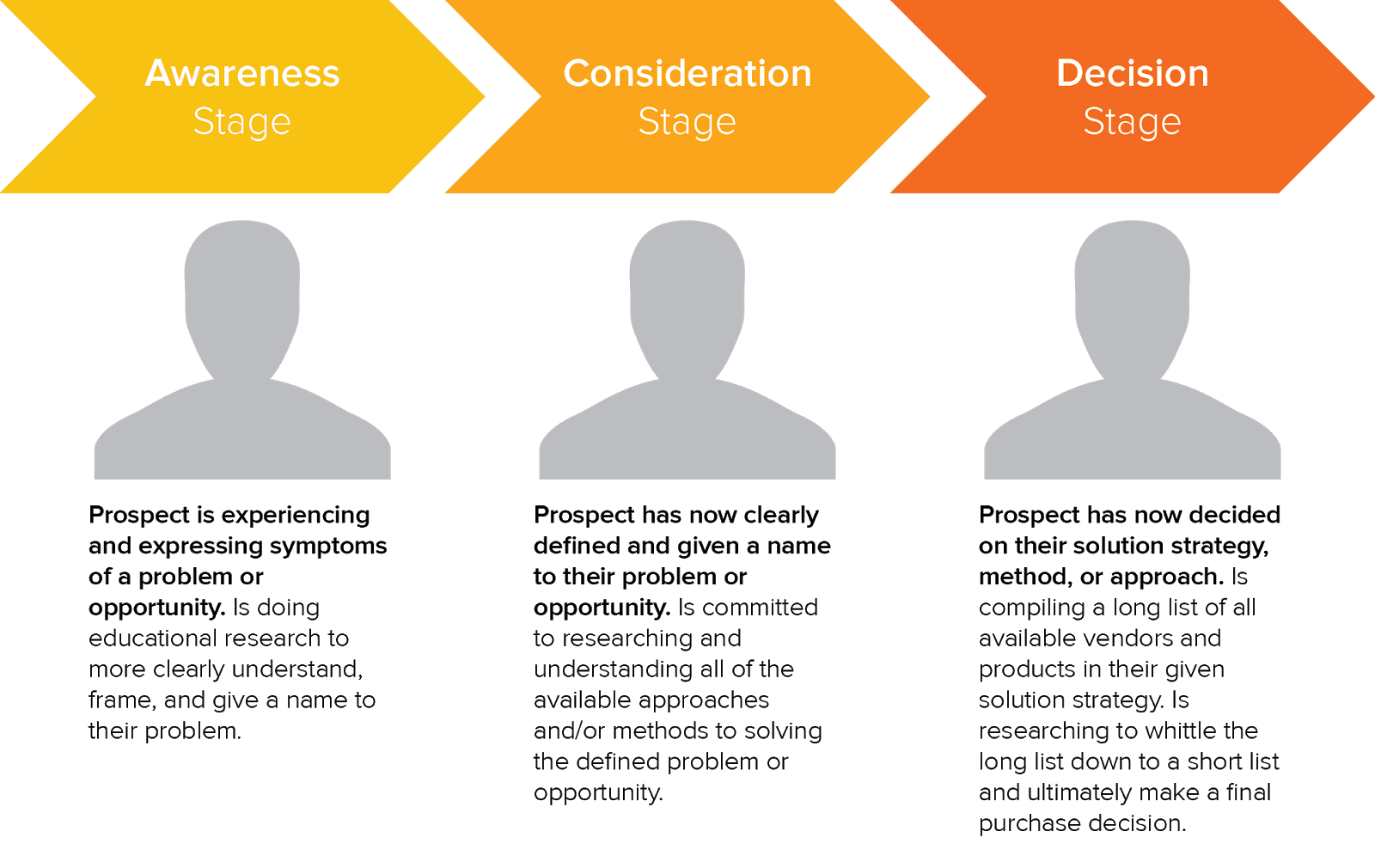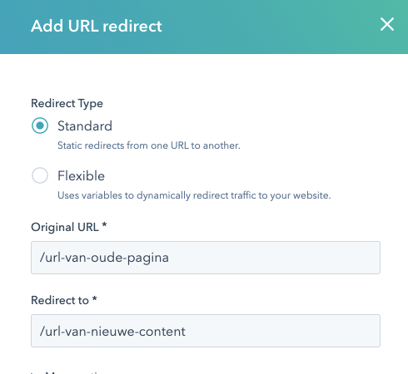SEO for B2B: 5 tips for better findability
Being visible online to other companies – your potential customers – is indispensable in your current online marketing strategy. Setting up and implementing a good SEO strategy is therefore very important because a sustainable SEO policy ensures that your company is recognized as the ‘number one player’ in your field in the long term.
In this blog, I will explain, with 5 tips for B2B, how you can improve your organic findability.
Tip 1: Determine your (SEO) goals
Okay, it may sound like a no-brainer, but it is often forgotten. What do you really want to achieve when you invest in SEO? Take a look at these two scenarios, for example:
- Your position on the market is very dominant, but you want to remain visible to existing leads and customers on a regular basis.
- You are well on your way to conquering a new market and want to bring in lots of new leads within 12 months through organic findability.
In short, making your goals concrete from the very first moment is by far the most important thing to do. After all, no SEO strategy will achieve maximum results without a clear main objective.
Pro tip: make your goals SMART to ensure that you can evaluate every year to what extent your SEO strategy is delivering results.
Tip 2: Research your keywords
How do you know what content to create if you don’t know what your potential customers are searching for? The answer is simple: you won’t. You need keyword research to know (in broad terms) what your customer wants. You can research keywords in different ways:
- View related searches at the bottom of a Google hit
- Use a paid tool like Ahrefs or SEMrush
- View suggestions in the Google Ads keyword planner
- SEO research

Tip 3: Define the steps in the buyer journey
No matter how easily potential customers find you, it is very important that your content matches the intent of the searcher. Take these two examples:
- Someone searches for “inbound marketing” because they are looking for a partner in inbound marketing for their business
- Someone searches for “inbound marketing” because they are a student who wants to know more about inbound marketing
Both options are possible, so you need to be very sure that searchers will find an answer to their question on your page. HubSpot does this based on the three steps of the buyer journey.

- Awareness stage: a prospect recognizes a particular wish, challenge or problem. Research is needed to determine exactly what the problem is.
- Consideration stage: a prospect has a clearer view of the problem. The problem is linked to several possible solutions that could solve it.
- Decision stage: a prospect has chosen a solution and is looking at organizations that can solve the problem, for example, through a product or service.
Once you have determined how your content can connect to the different phases of the buyer journey, you can move on to creating content based on keywords.
Tip 4: Analyse existing content
Behind every organization is a unique content strategy. Sometimes a website already has a lot of great content, such as handy recipes, tips, video material or beautiful product photos. You can reuse existing content in many ways:
- Include product photos in a blog in which you share experiences about your product
- Use content from interviews or video materials to address your visitor in the header of your page
- Rewrite all your service pages in the form of a blog, focusing on valuable tips, best practices and experiences
It is also possible that the content on your website has become outdated, causing it to compete unnecessarily with other web pages. In that case, it is advisable to take the content offline and have the old URL redirect to the most relevant page.

Tip 5: Provide clear CTAs
Even the best pages automatically become less valuable when it is not clear to your visitor what the desired follow-up action is.
For example, do you want to show users which products might help with the problem they have? Then make sure you have a clear call-to-action (CTA) that leads to your product overview. Is your aim to exude as much authority as possible in a particular subject area? Then include a section with relevant items, articles or blogs at the bottom of important pages.
With these 5 tips, you can move forward in the field of SEO for your B2B organization. Of course, there are many other things to consider in the implementation. We are always happy to help you look for better ways to be findable on Google.
You may also like

8 online marketing KPI’s

So this is how you make your PDF digitally accessible!

